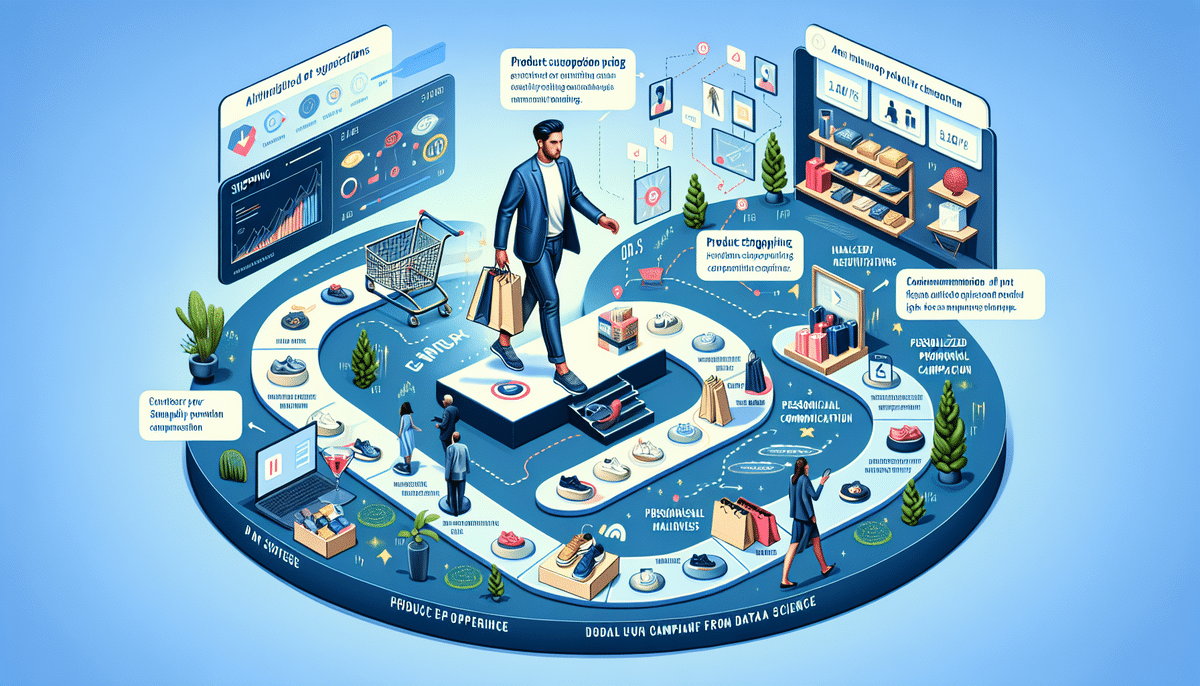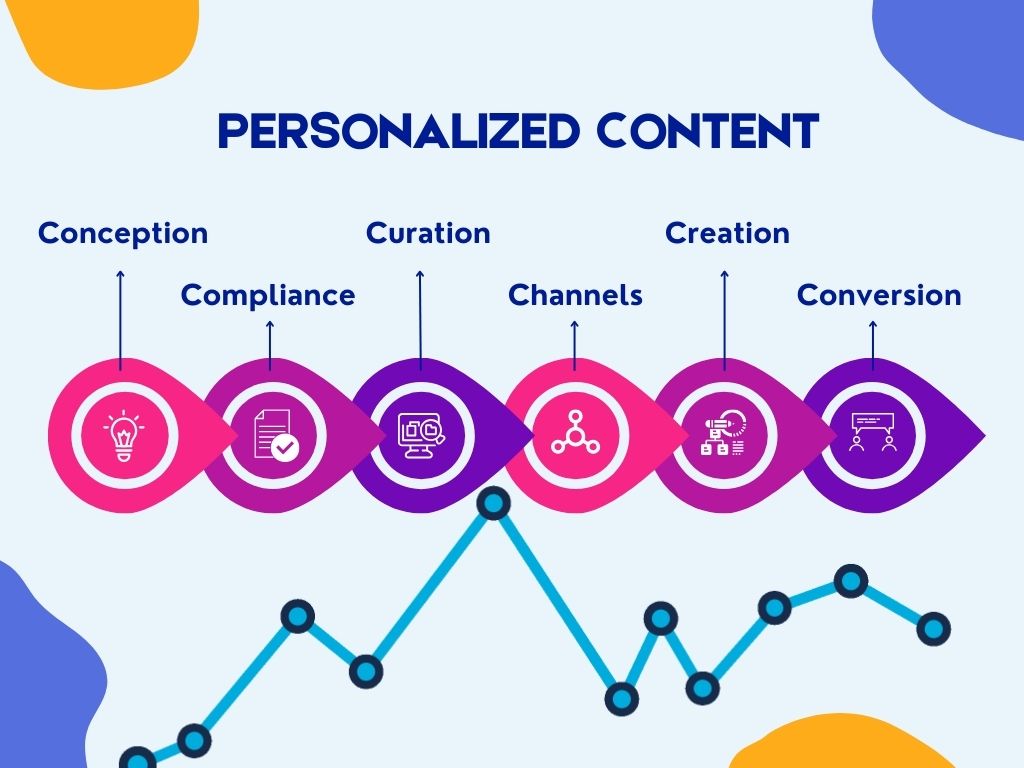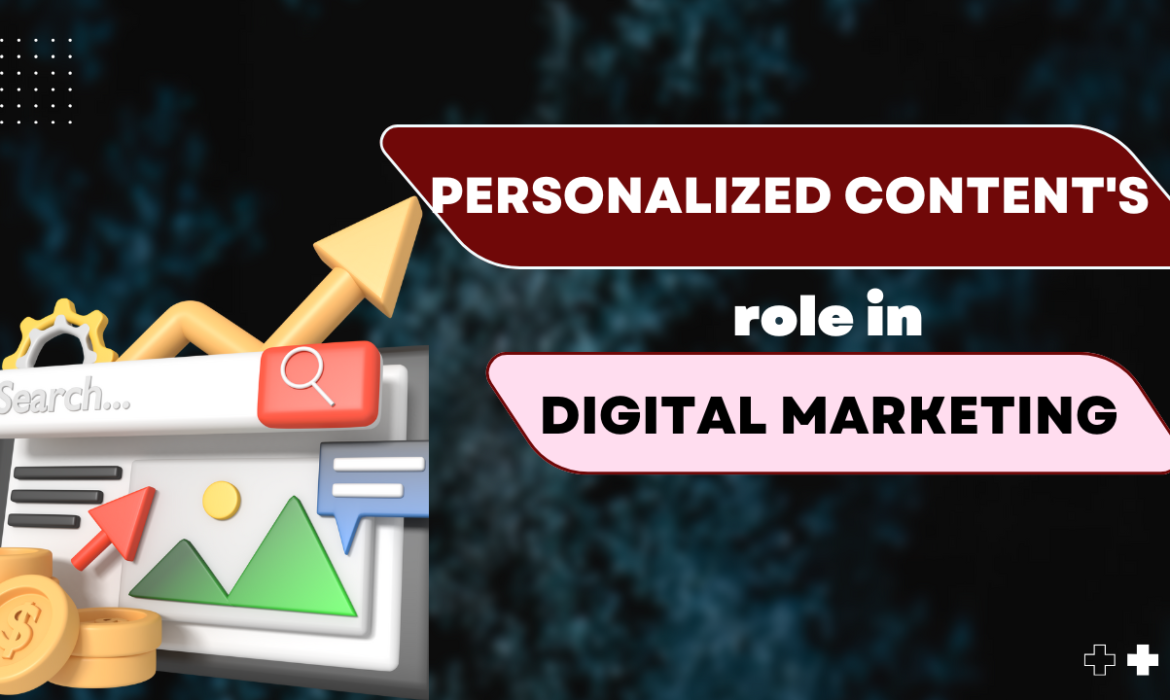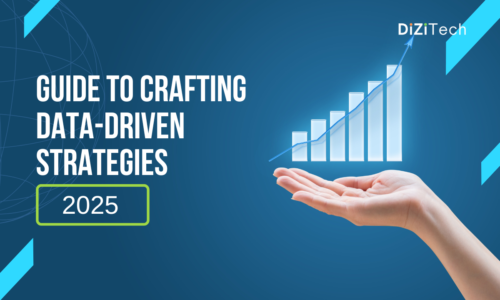The evolving digital marketing environment now depends heavily on personalized content as a decisive transformative factor. Modern consumers want customized experiences instead of generic approaches and numerous potential results from broad net advertising because it fails to reach them personally. Brands that show individuals they understand their individual demands attract consumers from the vast pool of online content. Multisource content platforms permit businesses to generate better customer engagement while increasing their conversion rate.
The following post examines the value of personalized content while explaining effective techniques for its implementation in your marketing plans.
Why Personalized Content Matters:
Personalized content doesn’t just enhance customer satisfaction—it transforms it. When done right, it makes customers feel valued and understood, creating lasting loyalty and measurable business results. In 2025, personalization is not just an advantage—it’s a necessity for brands striving to remain competitive in a crowded digital space.
A food overload in the marketplace demands businesses to deliver content that matters to their consumers. Your strategy delivers messages that address specific audiences when they need them on purpose-built platforms. Businesses are undergoing a permanent transformation in their customer interactions due to this fundamental change.
Benefits of Personalized Content:

A marketing effort that matches customer needs with personal and behaviour-related characteristics forms the foundation of personalized content development.
1. Your audience will demonstrate better engagement through content that matches their interests which increases website visits and social media interaction as well as time spent browsing.
2. Personalization showcases your knowledge of customers and your dedication to their needs thus developing loyal relationships.
3. Transformation rates increase when content delivery targets specific customer needs and desires which automatically generates more sales.
4. When customers recognize brand connective bonds they will continue doing business with you while they also endorse your services to others and stay as loyal customers.
5. Attractive competitive positioning develops via personalization which allows brands to become more prominent in markets where competition is intense.
How to Create Personalized Content:
To create customized material you need precise planning as well as the correct technical resources and continuous improvement. There is a step-by-step process to achieve successful personalized content creation which includes the following elements:
1. Gather and Analyse Data: Personalization depends fundamentally on information gathered from sources. Your ability to collect audience data will improve through the use of Google Analytics alongside CRM software and social media insights that provide information about demographics and behaviors and preferences. Your ethical collection of first-party data enables you to establish trust relationships while obtaining meaningful information.
2. Segment Your Audience: Create separate groups using segmentation which should be determined by factors such as demographic characteristics, geographical location and specific preferences of your audience. Targeted messaging and experiential content creation becomes possible through segmentation because it helps you connect with individual audience groups. A fashion brand uses seasonal preferences and shopping behaviour to divide its audience which helps offer relevant recommendations.
3. Use Dynamic Content: Content elements transform automatically depending on how viewers interact with your profile or how they behave. Personalized email headings coupled with product suggestions and customized landing sections drive higher relevance combined with audience engagement. The algorithm of Netflix streaming services produces show recommendations through analysing previous viewing data from users.
4. Leverage Automation Tools: You can manage large-scale personalized content distribution through automation services including HubSpot or Mailchimp. The platform enables you to produce time-sensitive relevant messages that maintain consistent delivery throughout different communication channels. The automation system lets you deliver memorable time-sensitive email promotions including birthday discounts and follow-up messages and abandoned cart reminders.
5. Continuously Optimize: Periodically check performance analytics of open rates and click-through rates as well as conversions. You should implement A/B testing to develop your personalized strategies while following your target audience’s changing preferences. Perform trials of different headline and image combinations along with messaging content to find out which messages work best with your audience.
6. Incorporate Personalization in Real-Time: Real-time personalization through/location-based offers and recently viewed product suggestions brings immediate value and improved experience to customers. Users can receive cotravel destination recommendations from a travel website through the combination of their current geographic information and their past website exploration.

Challenges of Personalized Content:
Personalized content brings obvious advantages however implementing it creates obstacles which need attention. These include:
1. Security of personal data becomes vital under the growing regulatory landscape of GDPR and CCPA. Getting customers’ trust demands direct communication about your operations related to data collection and usage.
2. The full implementation of scalable personalization necessitates buying sophisticated tools together with qualified experts who will manage them.
3. Creating personalized content that meets the needs of multiple audience sectors requires companies to produce an ample quantity of fresh material. Efficient content repurposing will help organizations reduce this particular challenge.
4. The delivery of a unified message between email platforms and social media platforms and website interfaces needs strict operational coordination. A system which manages content under one platform simplifies content publishing operations.
5. Businesses face complexity when measuring ROI from personalized campaigns because they need specialized analytics systems and personnel skills.
The complete achievement of personalized content potential depends on our ability to address these hurdles when creating strong client relationships.
“Personalized content’s importance in digital marketing”
Content stands at the throne but engagement reigns by the queen to lead the house. – Mari Smith
Conclusion
Digital marketing demands personalized content as an essential practice not just for luxury but for fundamental success. You can produce content which goes beyond customer expectations by learning your audiences, using data effectively and repeatedly optimizing your method. The fundamental strategy to build better customer relationships and boost sales and market leadership involves digital personalization in contemporary marketing.



